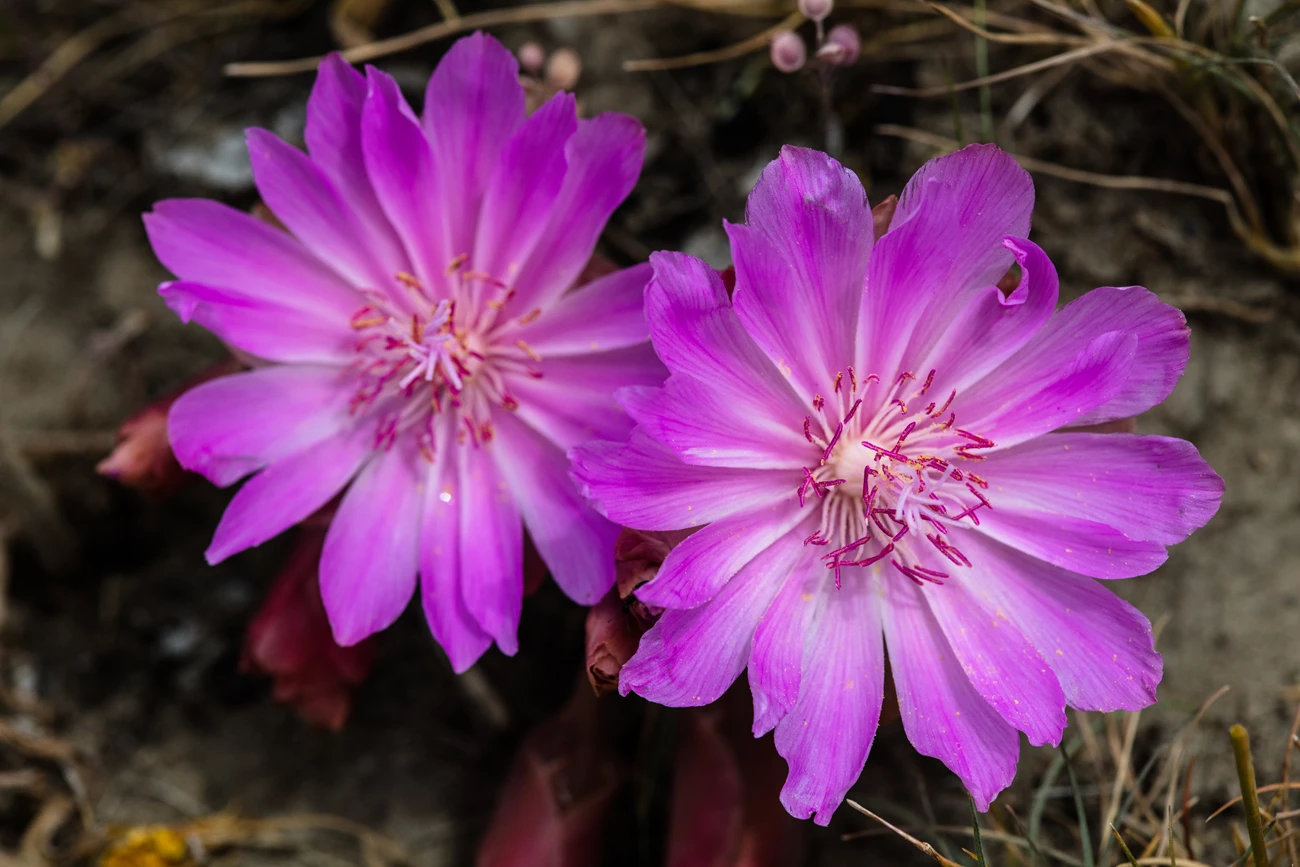
NPS / Jacob Frank Wildflowers such as lupine (Lupinus argenteus) and arnica (Arnica cordifolia) often grow under the forest canopy, but the most conspicuous wildflower displays occur in open meadows and sagebrush-steppe. The appearance of springbeauties (Claytonia lanceolata), glacier lilies (Erythronium grandiflorum), and steer's head (Dicentra uniflora) announce spring in the park. Soon colors splash the slopes, especially on the northern range—yellow from arrowleaf balsamroot (Balsamorhiza sagittata), white from phlox (Phlox multiflora), reds and oranges from paintbrush (Castilleja), and blue from penstemon (Penstemon montanus) and lupine. Goldenrod (Solidago multiradiata) and purple asters indicate the coming of fall.
Finding FlowersElevation, relative temperatures, soil types, and precipitation patterns all play a role in what you find blooming in various areas at different times of the year. In addition, far-reaching events such as fires can cause spectacular blooms of species that thrive on the conditions these events create. Remember that many of Yellowstone’s wildflowers are also very important parts of animal diets. The bulbs of spring beauty and glacier lily, for example, are vital spring foods of the grizzly bear. Wild strawberries are collected by ground squirrels and chipmunks; the seeds of most wildflowers are used by birds and insects. Even the petals of many flowers are eaten by animals. Bees and other insects collect nectar and pollen. Exotic SpeciesExotic plants—escaped domestics and “weeds”—can be found in Yellowstone. Look for them in disturbed sites such as roadsides where they have little initial competition and frequent redisturbance. Dalmatian toadflax (Linaria dalmatica), yellow sweetclover (Melilotus officinalis), ox-eye daisy (Leucanthemum vulgare), and other exotics compete unnaturally with native plants. For this reason, and for the continued integrity of the Yellowstone ecosystem, these exotics are controlled. Currently 229 nonnative species have been documented in the park. Of those, nine are native to North American and not native to Yellowstone. White Flowers
Yellow Flowers
Red & Pink Flowers
Blue & Purple Flowers
Resources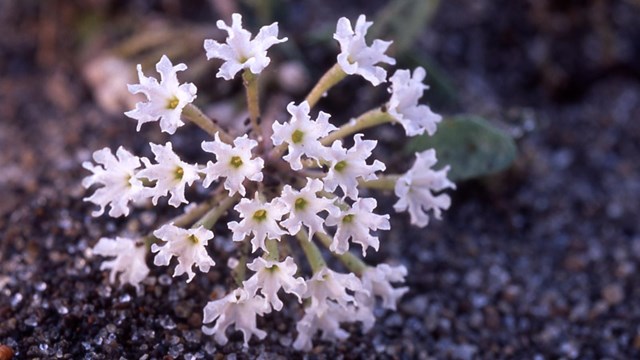
Rare Plants
Yellowstone sand verbena occurs along the shore of Yellowstone Lake. 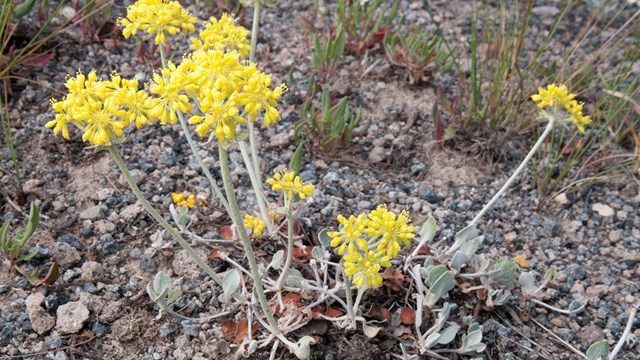
Yellowstone Sulphur Flower
Yellowstone sulphur flower is only found in the Firehole River drainage. 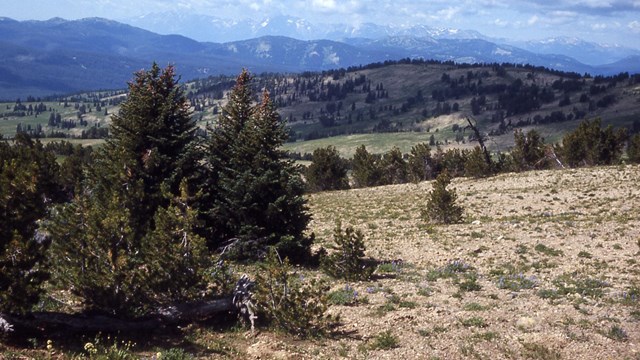
Vegetation & Resources Management Branch
Park employees inventory, monitor, manage, and research the vast array of plant communities in the park. 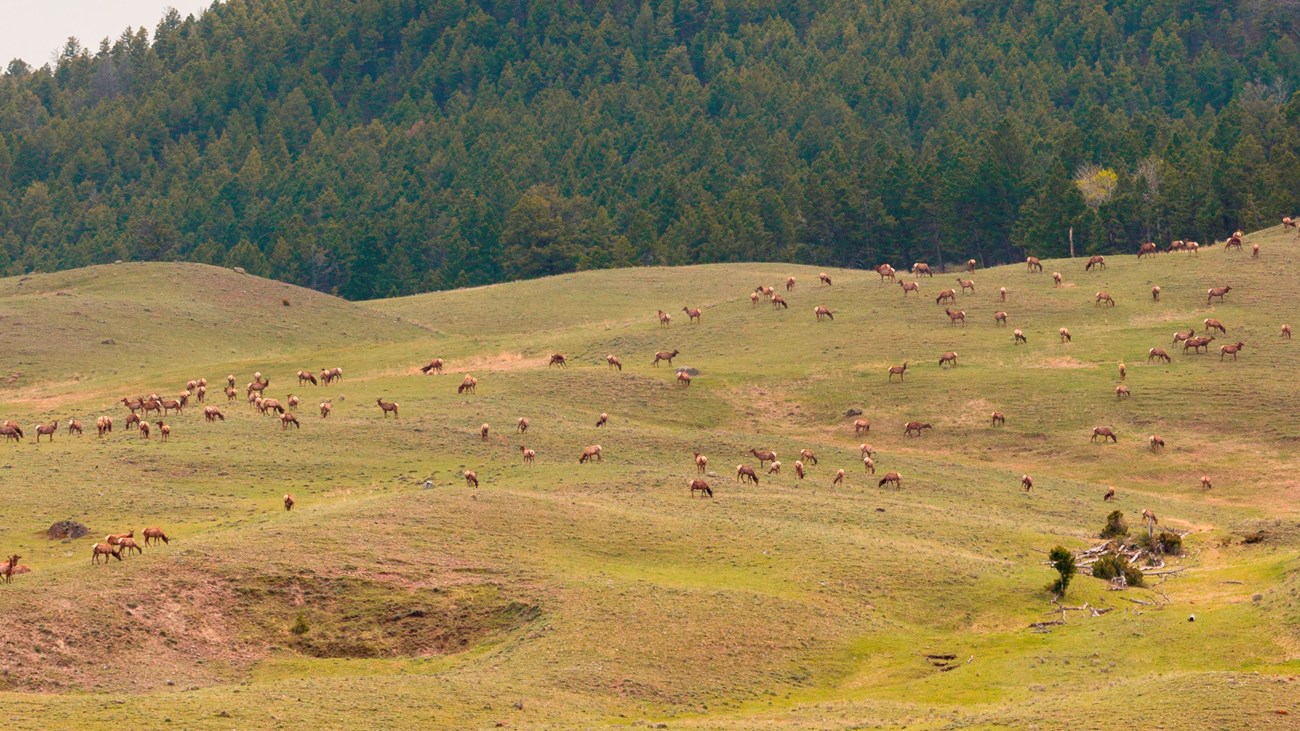
Plants
Spring is a time for plant growth, fueling the return of many migratory species. |
Last updated: April 17, 2025
